Cattleya Labiata Tipo x Madre de Deus orchids flowers cattleya
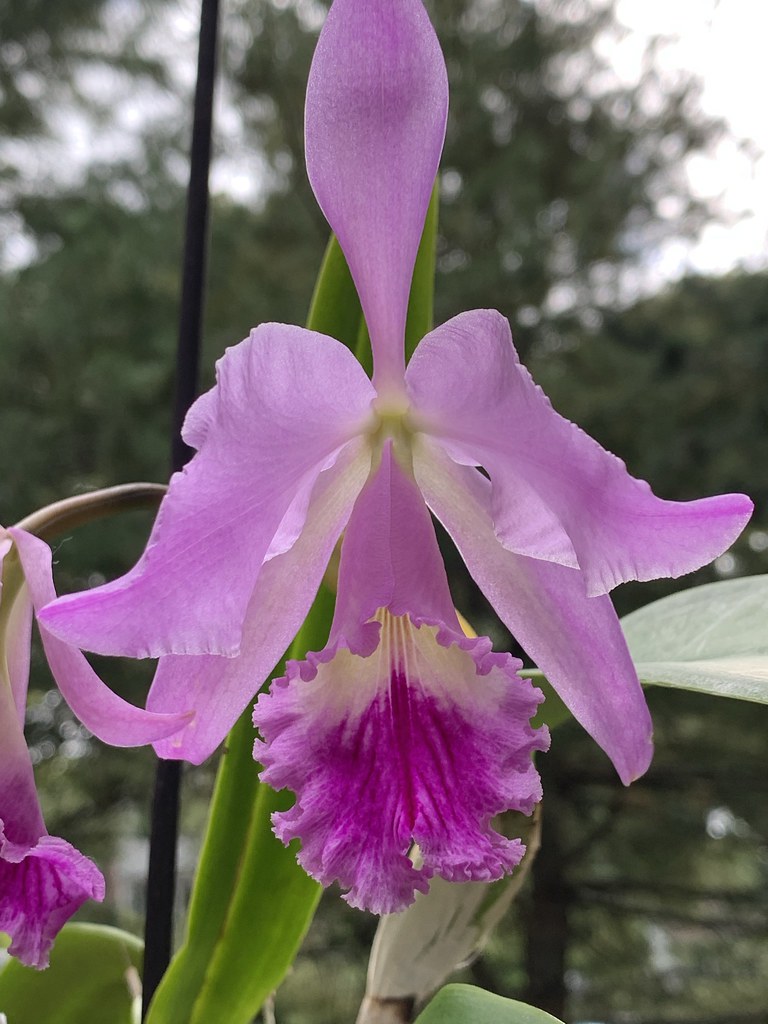
Cattleya labiata 'Tipo' Just opened. Purchased in bud, so … Flickr
Cattleya labiata, also known as the crimson cattleya or ruby-lipped cattleya, is the type species of Cattleya, discovered in 1818 in Brazil. This plant grows in the northeastern area of Brazil, in the states of Pernambuco and Alagoas. They grow to different sizes depending on the area from which they originate.

Cattleya Labiata Tipo x Madre de Deus orchids flowers cattleya
SKU: 4086 OrchidWeb - Cattleya labiata types A cross between the darker rubra form and a standard pink type should result in a deeper pink to fuchsia flower color. This is a stunning orchid and the wonderful fragrance can not be described but only experienced. This is the plant that really started orchid mania!
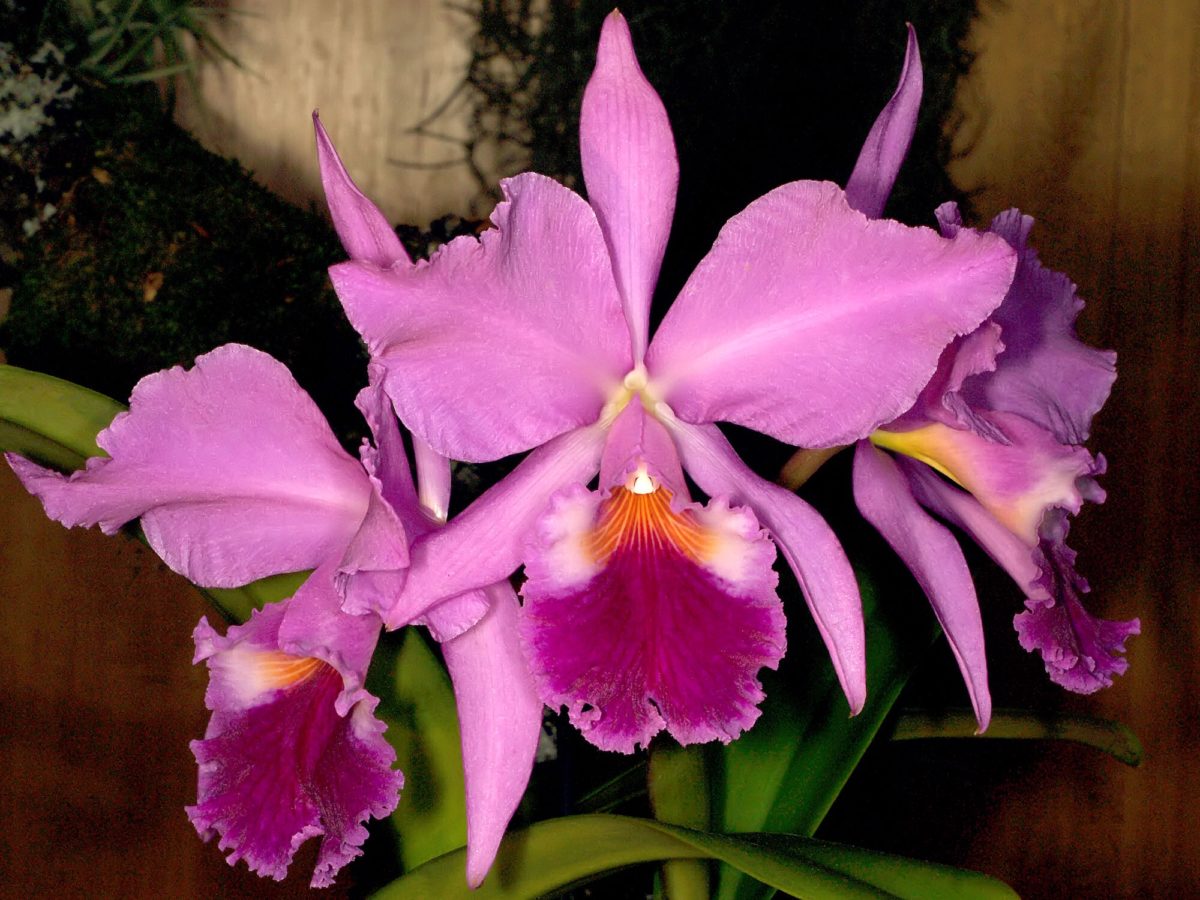
Cattleya labiata cuidados y características
Cattleya is a tropical genus of epiphytic and lithophytic plants that produce fairly to exceptionally showy flowers, and by many their species and hybrids are considered THE orchid. There are basically two groups of Cattleyas, the so-called unifoliate and bifoliate. The unifoliate group includes Cattleya labiata, the type species of the genus.
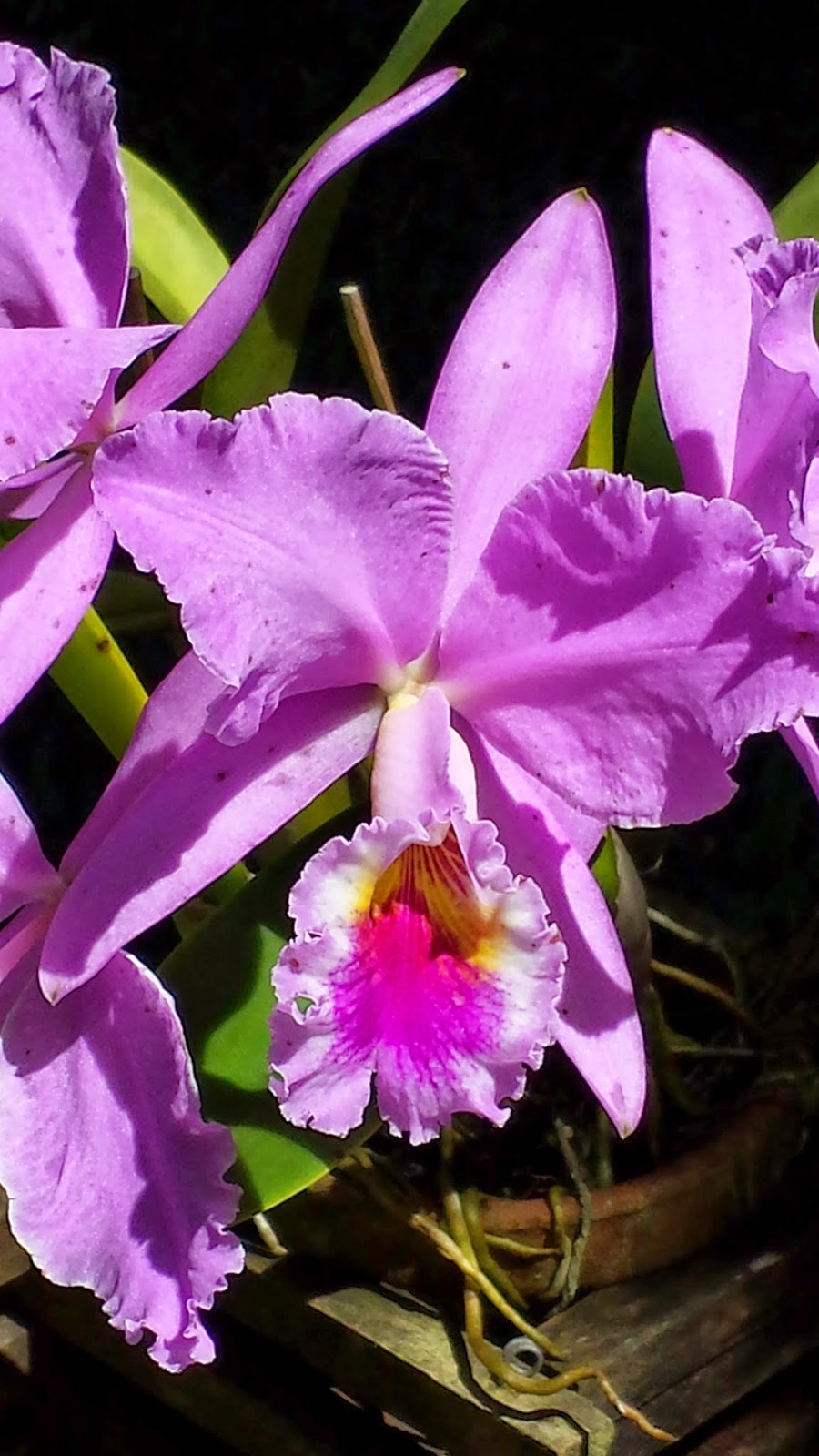
ORQUIDARIO RECREIO Cattleya labiata tipo
Cattleya labiata Common Name (s): Cattleya Labiata Crimson Cattleya Ruby-Lipped Cattleya Previously known as: Cattleya wallisii Phonetic Spelling KAT-lee-yuh lay-bee-AH-ta Description Crimson Cattleya is a flowering, tropical epiphyte orchid native to the northeastern area of Brazil, in the states of Pernambuco and Alagoas.

Cattleya labiata tipo Cattleya, Rose
Cattleya labiata was lost despite the efforts of the major orchid companies in England, France and Belgium that sent their best and most experienced plant collectors to Brazil from the 1830 through the 1880s to look for it.
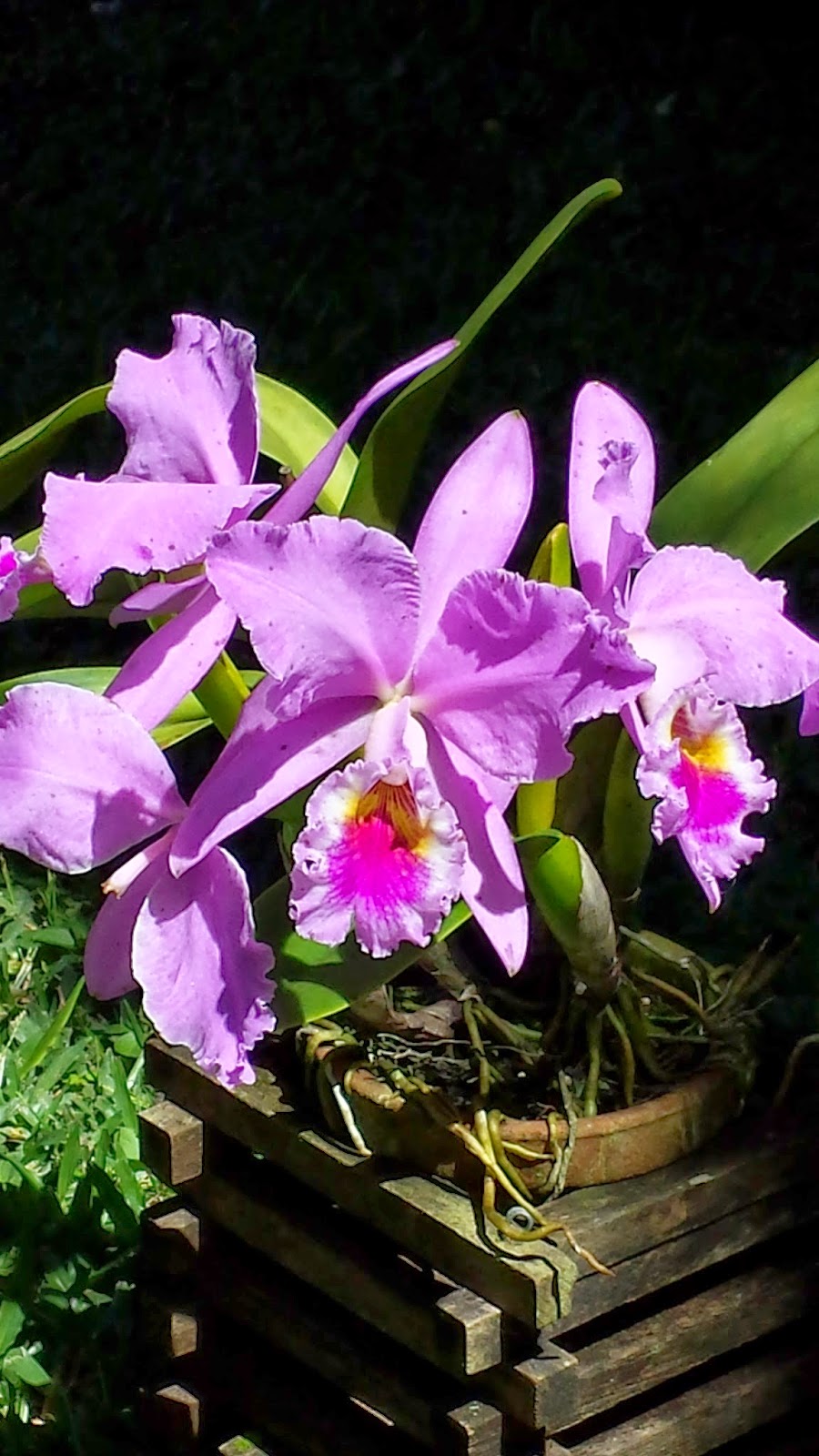
ORQUIDARIO RECREIO Cattleya labiata tipo
Dr. John Lindley. who described it as Cattleya labiata in his COLLECTANEA BOTANICA, t. 33 (1824), establishing a new genus which he named in honor of Mr. Cattley. Recognizing at the same time the kinship of the earlier Epidendrum violaceum of Loddiges, he renamed this Cattleya loddigesii.
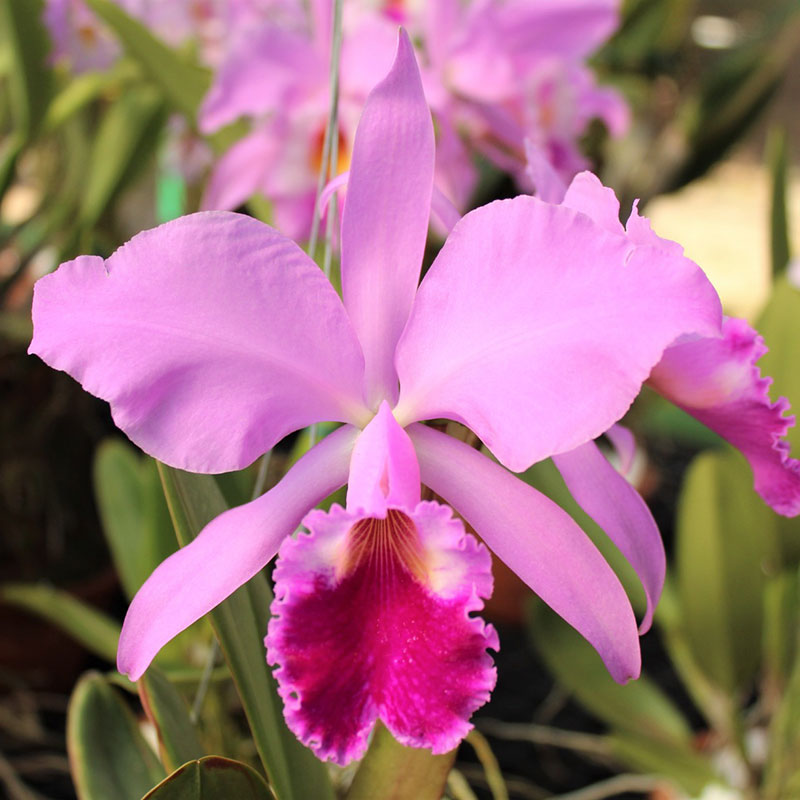
Cattleya labiata tipo lo scrigno di nebbia
Cattleya labiata var. coerulea Rolfe in Orchid Rev. 3: 350 (1895) Cattleya labiata var. concolor L.C.Menezes in Orquídeas/Orchids: Cattleya labiata autumnalis: 89 (2002) Cattleya labiata var. crocata Rchb.f. in Flora 65: 534 (1882) Cattleya labiata var. pallida (Lindl. & Paxton) F.Buyss. in L'orchidophile; Traité Théor. & Prat.: 239 (1878)
Bela Vista Orchids Cattleya labiata tipo
Walk In Style With Clothes That Fit Your Personality and Size. Place Your Order! Transform Your Wardrobe & Treat Yourself To Something New With Fashionable Clothing.
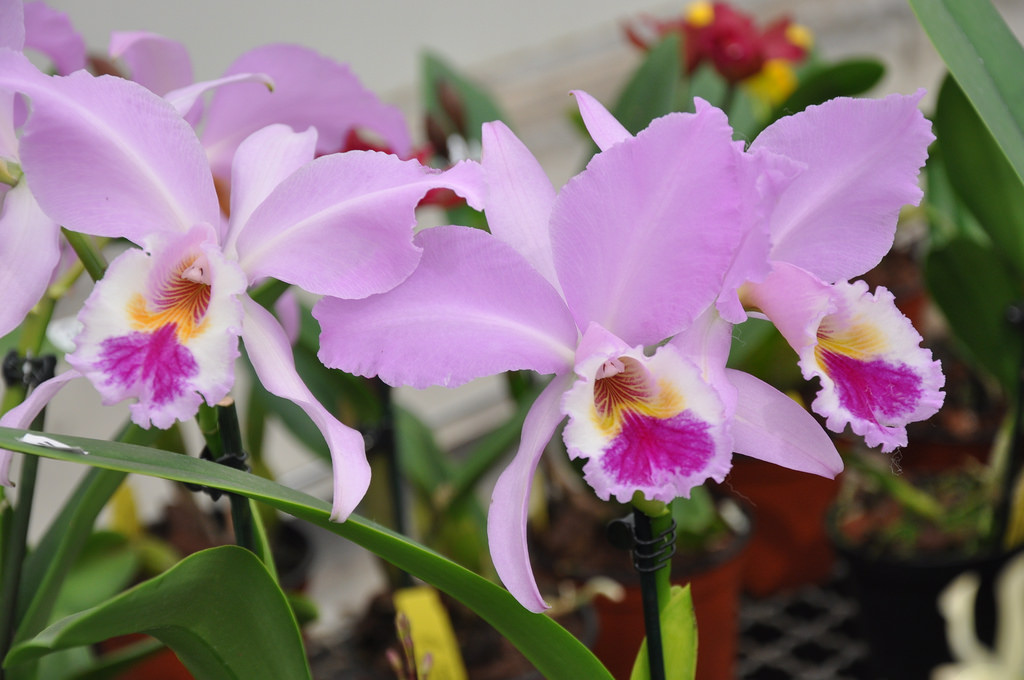
Cattleya labiata care and culture Travaldo's blog
Cattleya labiata: Brazil. The true C. labiata is a free-flowering species, bearing from two to five flowers, each from five to six inches across. The petals and lip are well balanced, the latter being more open than in C. eldorado but not as flat as in C. dowiana. Although quite variable in color, the basic pattern consists of rose-colored wavy.
ORQUIDEAS Cattleya labiata
Cattleya labiata Submitted by Arton Sun, 11/01/2015 - 22:30 Welcomes you to autumn As the days begin to shorten in the late summer and the first cool breezes of September tickle the air, the royal lady of autumn,Cattleya labiata, lowers her veil, smiles an infectious smile, and welcomes you to a new autumn season.

ORQUIDARIO RECREIO Cattleya labiata tipo
References W3 Tropicos, Kew Monocot list , IPNI ; Bonplandia Rchb.f 1854; Bonplandia Rchb.f 1856; Xenia Orchidaceae Rchb.f 1862 as Epidendrum labiatum; Xenia Orchidaceae Rchb.f 1862 as Epidendrum labiatum var lemonianum; Xenia Orchidaceae Rchb.f 1862 as Epidendrum labiatum var pallidum; Xenia Orchidaceae Rchb.f 1862 as Epidendrum labiatum var.

Cattleya labiata Cooperorchids Orquidário
Cattleya labiata is a species of orchid that is native to Brazil. It was originally described in 1818 by John Lindley and has since become a popular ornamental plant around the world. Cattleya labiata is known for its large, showy flowers that come in a range of colors, from pink and purple to white and yellow.
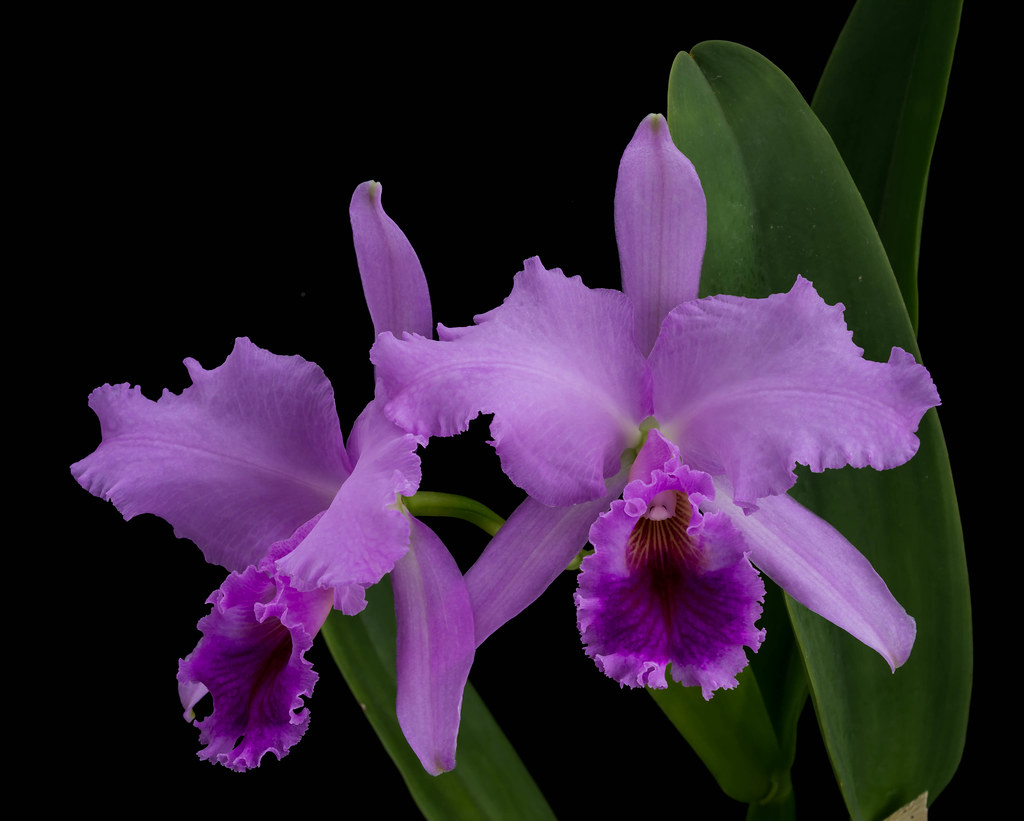
24122022 Cattleya labiata (Tipo x Rosada) (5)1 erste Blüt… Sabine
Cattleya labiata 'Tipo', blooming size . Features. Pot Size: 4" Blooming Size:. The larger plants, as the C labiata 'Tipo' are quite nice, healthy, and well grown. However, frequently the smaller, younger plants are very much too small and have a hard time adapting to my conditions. That being said however, I will continue to purchase.
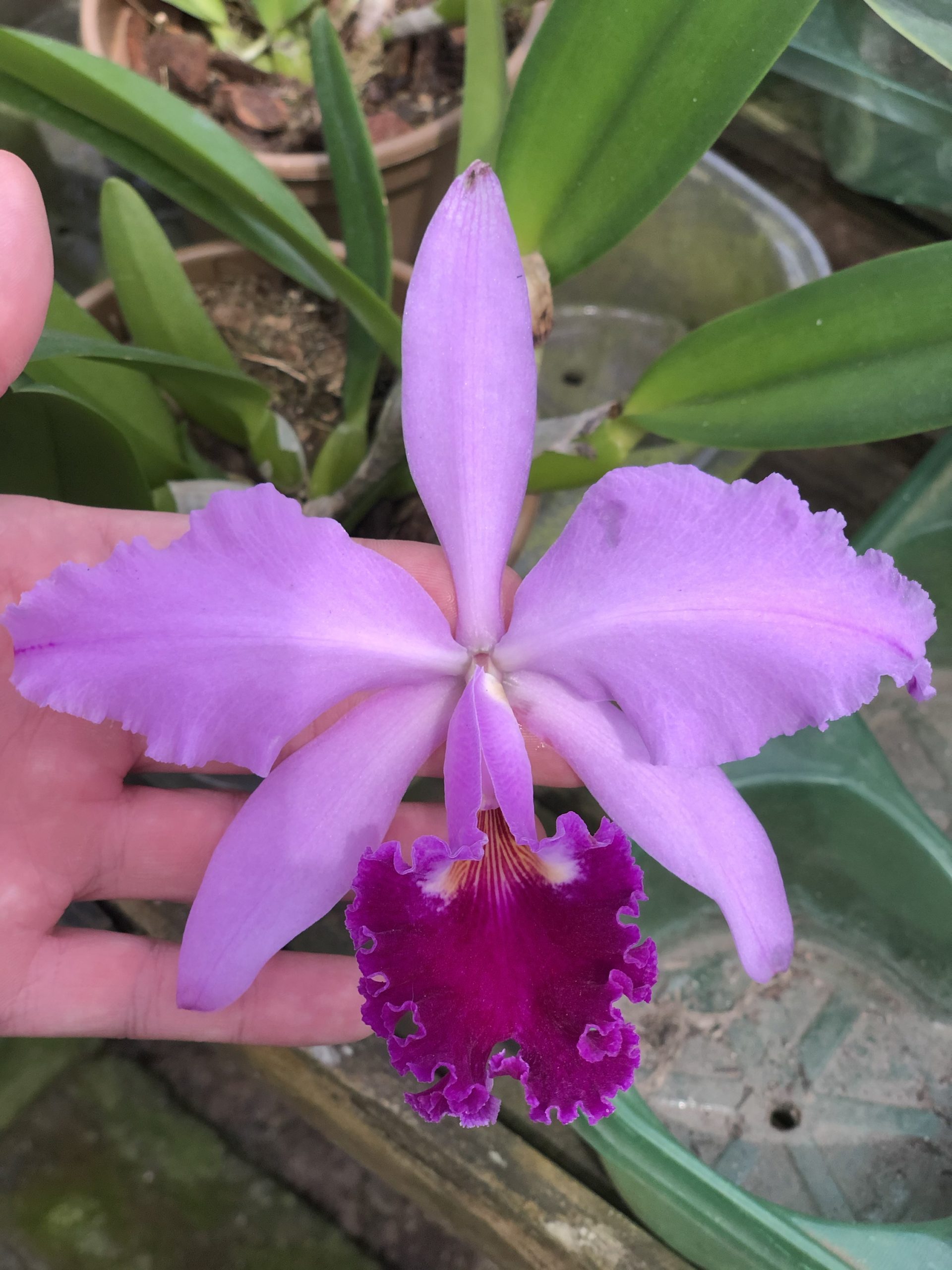
Cattleya labiata (tipo x rubra) Orquidário Florália
Temperatures should range from 55°F at night to 75°F in the heat of the day. These orchids can easily tolerate temperatures up to 85°F if they're protected from direct sun, but they'll die if temps climb above 100°F, no matter how protected they are. Humidity should be between 40 and 70 percent.

Cattleya labiata Giulio Celandroni Orchidee
Plant collector and horticulturist William Cattley accidentally brought the famed "corsage orchid" ( Cattleya labiata) to England in 1818 when he imported a bunch of tropical plants from Brazil through wildlife expert William Swainson. It first showcased its beautiful flowers in 1818.

Cattleya labiata “Tipo” x Cattleya labiata “Cara Branca” RF Orquídeas
Humidity. Cattleya Labiata loves high humidity, ranging between 80 and 90 percent throughout the year. In the dry, winter season, it can tolerate 75 to 80 percent humidity levels. Try to keep the humidity above 70 percent if you live in a dry area. To maintain high humidity around your plant, use humidity trays or humidifiers.